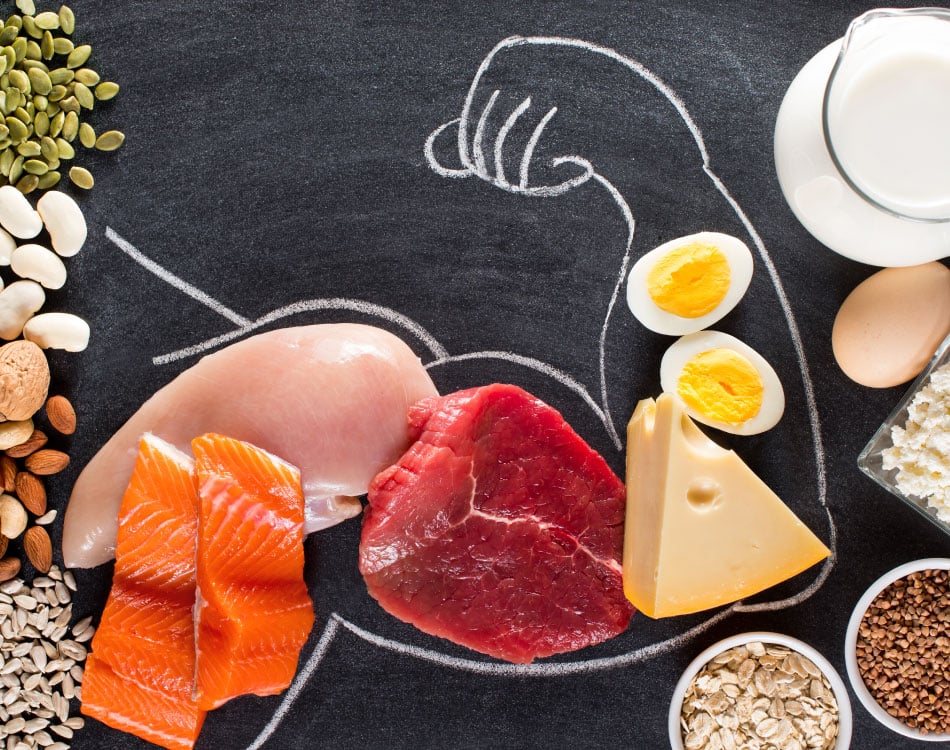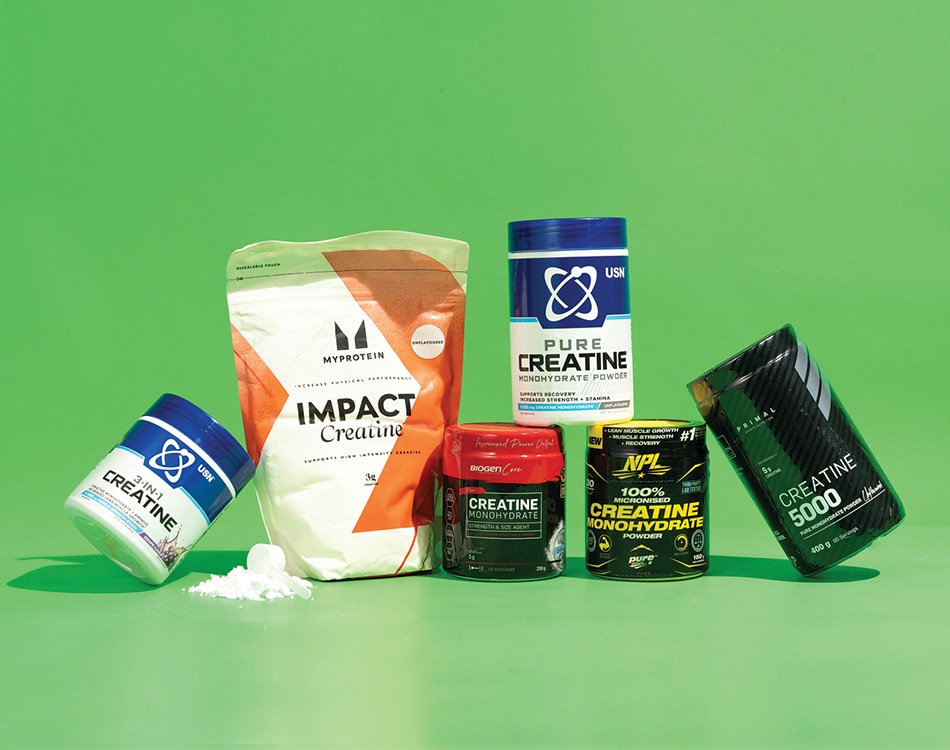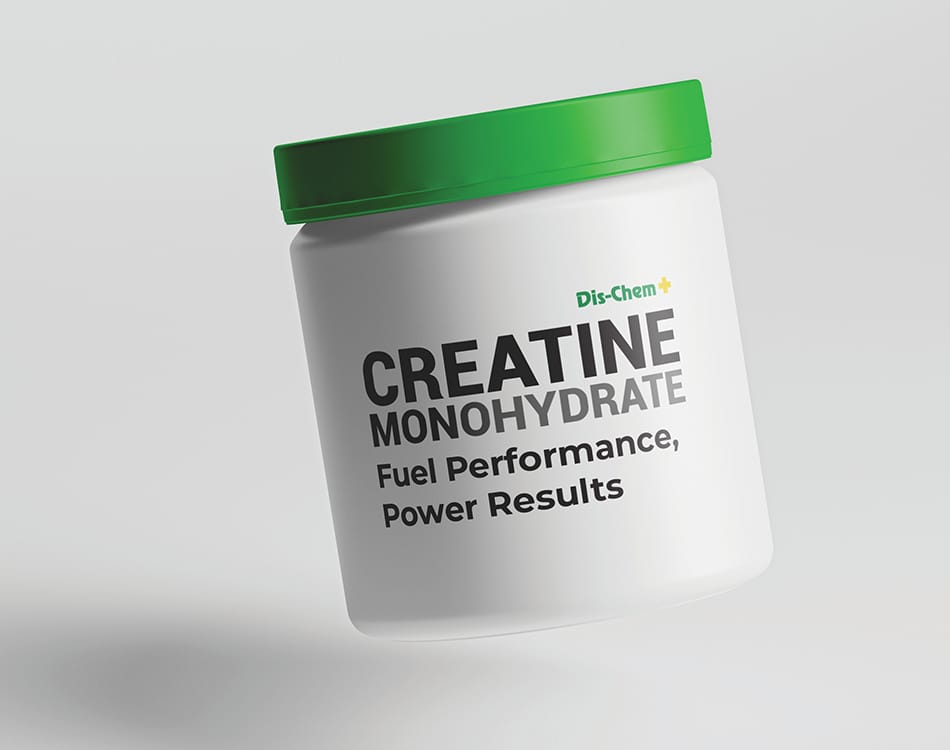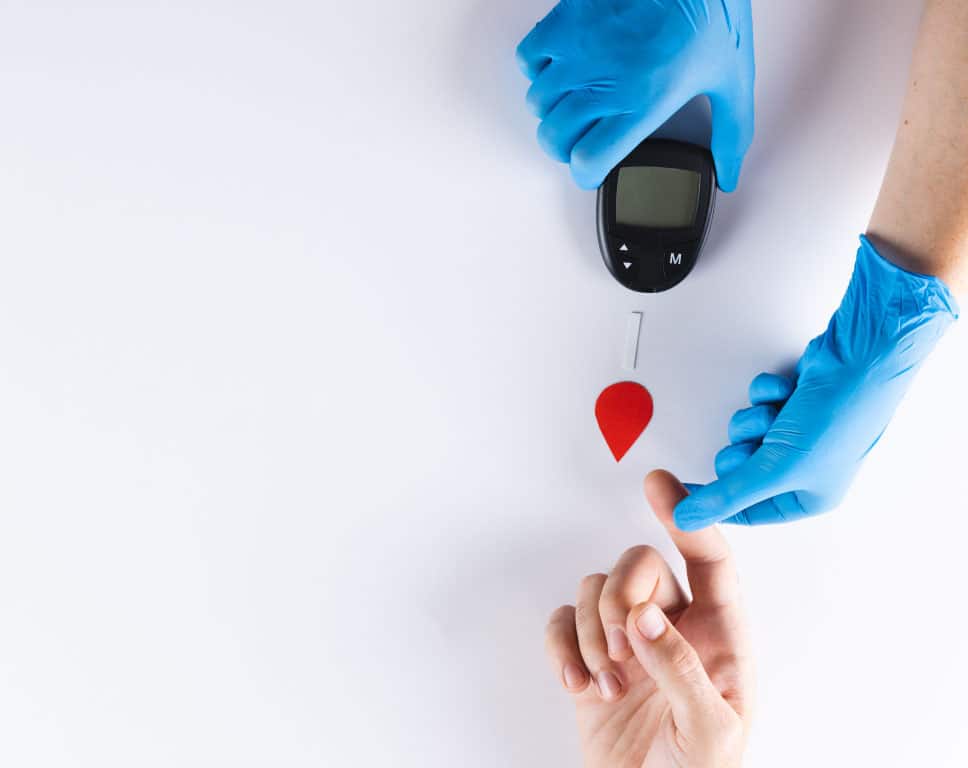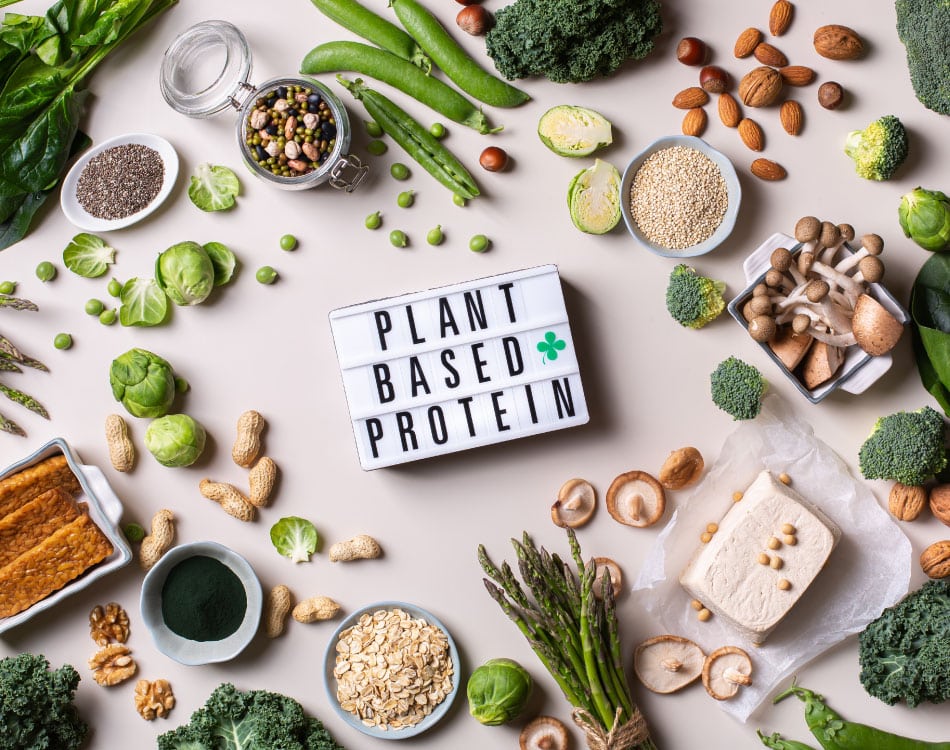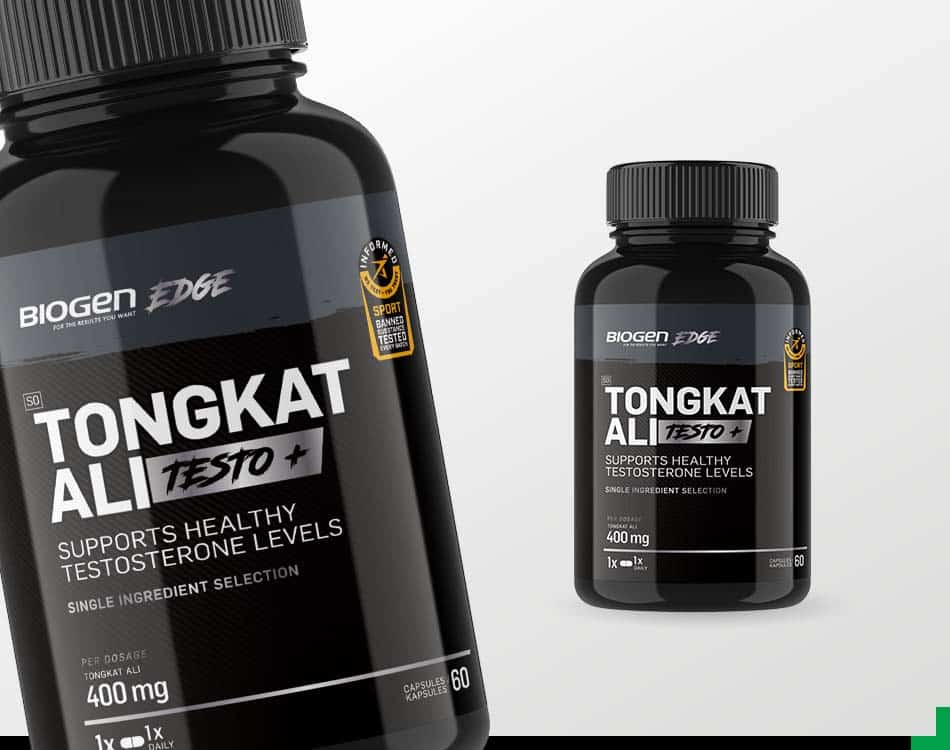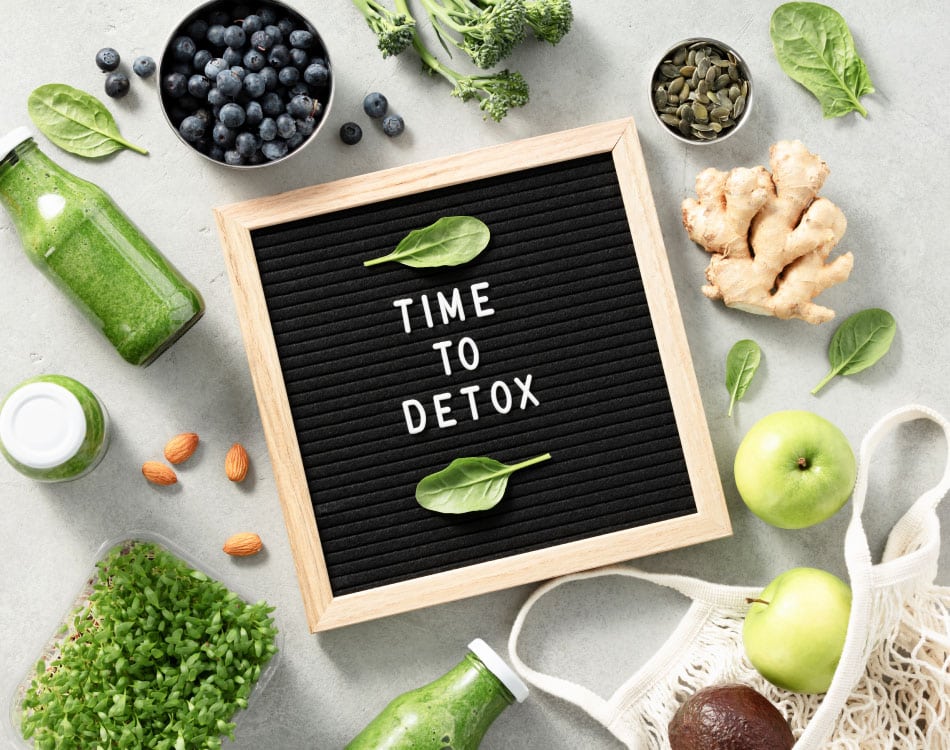We all know protein is the magic ingredient needed for sculpted muscles, but did you know it is also the unsung hero powering your immune system, mental clarity, and overall health.
Proteins are known as the building blocks of life because they play a vital role in nearly every biological process in the body.
Every cell in the human body contains proteins, forming the main components of muscles, bones, organs, skin, and blood.
They are also involved in critical processes, like tissue growth and repair, enzyme production and function, metabolism regulation, immune response, and energy production.
Each protein in the body also has a specific function and varies in structure – enzymes, muscle tissue, hormones and antibodies are all examples of different proteins produced in the body from the proteins we ingest.
It’s all about amino acids
All proteins are constructed from a set of 21 amino acids, eight of which are deemed essential because the body cannot produce them. That’s why we need to supply them with food and supplements.
Animal protein sources, such as beef, poultry, fish, venison, lamb, pork, eggs and dairy are considered complete proteins because they contain all eight essential amino acids.
Plant-based protein sources are generally incomplete proteins as they contain some but not all essential amino acids. For this reason, vegans and vegetarians must consume a variety of protein sources to meet their body’s needs.
We can combine incomplete proteins to create a complete amino acid profile (known as complementary proteins), which is what supplement manufacturers do when developing their products.
How much do you need?
The minimum recommended daily allowance (RDA) of protein required to meet our basic nutritional needs is 0.8 grams of protein per kilogram of body weight per day (g/kg/d)1.
However, research2 confirms that this “just isn’t enough” for athletes and active individuals, especially older adults, and recommends a maximum amount of 1.6g/kg/day to build and maintain muscle.
Athletes like bodybuilders or weightlifters may need even more, with studies3 recommending an upper limit of 2.2g/kg/day.
Timing your intake
When it comes to the best time to consume protein, your body is most receptive to amino acids (and the glucose needed to replace depleted glycogen stores) directly after exercise due to heightened insulin sensitivity.
However, consuming sufficient protein any time in the 24 hours after a workout will support growth and recovery.
Protein differences
When it comes to the right protein source to support your nutritional and biological needs, it is important to understand that not all protein is created equal.
Bioavailability is a measure of how quickly the body can digest and absorb protein. A key metric used to quantify protein bioavailability is biological value (BV).
It is calculated by comparing the nitrogen retained in the body from a protein source to the nitrogen consumed. A higher BV indicates a more efficient protein source, which typically supplies all the essential amino acids (EAAs) that your body can’t produce on its own.
Animal proteins typically have a higher BV than plant sources due to the lack of one or more EAAs in plant-based proteins, and the fibre in plant-based sources, which can slow digestion.
The BV of common protein foods and supplements4 include:
- Whey protein: 104
- Eggs: 100
- Milk: 91
- Fish: 80
- Chicken: 75-80
- Red meat: 70-80
- Soy protein: 74
- Quinoa: 70
- Chia seeds: 68
Whey achieves slightly better nitrogen retention than soy or casein, likely due to its high EAA content, especially leucine5.
Protein supplements
Dis-Chem stocks a wide range of supplemental protein options to cater to various needs and preferences, with whey and plant proteins the most popular.
Whey protein
When it comes to protein supplements, whey protein is generally considered the gold standard due to its high BV.
Whey is a complete protein, which means it contains all the branched-chain amino acids (BCAAs), with high levels of leucine.
This is particularly important for athletes to support the muscle-building (anabolic) process to boost muscle repair and growth.
Whey protein is typically produced in three forms:
- Concentrate (WPC)
- Isolate (WPI)
- Hydrolysate (WPH)
While each form is based on dairy-derived whey, they differ in processing levels, affecting their protein content, digestibility, and price.
MRPs and diet shakes
Meal replacement powders (MRPs) and diet shakes are low in carbs or contain low glycaemic index (GI) carbohydrates, along with ample protein to boost satiety and support your metabolism.
Plant protein
Plant-based protein powders offer an easy, convenient and effective alternative for those following a vegan or vegetarian diet or anyone looking to avoid or reduce their animal protein intake due to intolerances, allergens or food sensitivities,
This plant protein blend is also free from gluten, soy and lactose, making it easily digestible, especially with the added bamboo fibre, an excellent ingredient for increasing fibre intake.
References
- Beasley JM, Deierlein AL, Morland KB, Granieri EC, Spark A. Is Meeting the Recommended Dietary Allowance (RDA) for Protein Related to Body Composition among Older Adults?: Results from the Cardiovascular Health of Seniors and Built Environment Study. J Nutr Health Aging. 2016;20(8):790-796. doi: 10.1007/s12603-015-0707-5. PMID: 27709227; PMCID: PMC5348248.
- Morton RW, Murphy KT, McKellar SR, Schoenfeld BJ, Henselmans M, Helms E, Aragon AA, Devries MC, Banfield L, Krieger JW, Phillips SM. A systematic review, meta-analysis and meta-regression of the effect of protein supplementation on resistance training-induced gains in muscle mass and strength in healthy adults. Br J Sports Med. 2018 Mar;52(6):376-384. doi: 10.1136/bjsports-2017-097608. Epub 2017 Jul 11. Erratum in: Br J Sports Med. 2020 Oct;54(19):e7. doi: 10.1136/bjsports-2017-097608corr1. PMID: 28698222; PMCID: PMC5867436.
- Arash Bandegan, Glenda Courtney-Martin, Mahroukh Rafii, Paul B Pencharz, Peter WR Lemon, Indicator Amino Acid–Derived Estimate of Dietary Protein Requirement for Male Bodybuilders on a Nontraining Day Is Several-Fold Greater than the Current Recommended Dietary Allowance12, The Journal of Nutrition, Volume 147, Issue 5, 2017, Pages 850-857, ISSN 0022-3166, https://doi.org/10.3945/jn.116.236331.
- Hoffman JR, Falvo MJ. Protein – Which is Best? J Sports Sci Med. 2004 Sep 1;3(3):118-30. PMID: 24482589; PMCID: PMC3905294.
- Moore DR, Soeters PB. The Biological Value of Protein. Nestle Nutr Inst Workshop Ser. 2015;82:39-51. doi: 10.1159/000382000. Epub 2015 Oct 20. PMID: 26545252.

